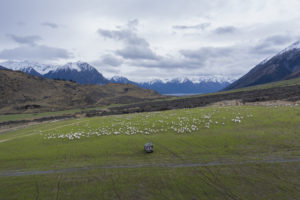We have enjoyed learning more about the LCA/EPD process and how our endeavors fit in the equation. We can skip over the process and let the report speak for itself when it is finally produced. As a preview, we understand our process rates well. Today’s communication, however, pertains to what we would call a shortcoming in the analysis.
Wool is both biodegradable and compostable. Before we explain further let’s take a step back. When taking on a life cycle analysis there are loads of variables. One is a cradle to gate assessment versus cradle to grave. The former details a product’s lifecycle all the way to the factory door. In other words, once it is produced and leaves the facility there are no more considerations for the footprint of the product in the analysis. The other option tracks the product all the way through to an end of life scenario.
This is where we hit a disheartening snag. Wool is renewable and sustainable. Our blend grows on the back of sheep that eat grass fed by rainfall in New Zealand. This same wool can be placed back in the earth where it will break down on its own and actually fertilize the soil. The current analysis does not credit us for compostability and biodegradation. In fact, we received a lesser score for not just submitting to landfill.
To be fair, we asked the question and didn’t really understand the answer. We were advised that we could choose either option, i.e. if landfill offers a better score we can just go that route. We chose not to.
Wool comes from nature and deserves to go back. We have a guess as to why this is the case currently. We will work to change the standards.
Back to the matter at hand. Our report will be out in a few weeks. The somewhat flawed experience notwithstanding we look forward to leveling the playing field with new, comparable, data sets that will allow for better, more informed decisions to be a part of the insulation equation.

That’s so disappointing!! But thanks for the transparency and keep up the good fight!